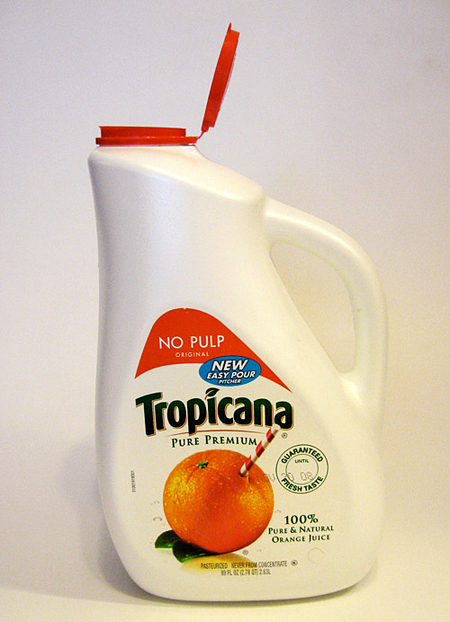The two best things about rhymes are that they are fun and they are predictable. Children need prediction to improve their reading skills, writing skills and communication skills. You can use poems, songs, puzzles, word families, and rhyming games to learn rhyming. Don't forget to read them books that are full of rhyming.
Poem - Fire! Fire!
"Fire! Fire!" said Mrs. McGuire.
"Where? Where?" said Mrs. Bear.
"Downtown!" said Mrs. Brown.
"What floor?" said Mrs. Moore.
"Near the top!" said Mrs. Kopp.
"What a pity!" said Mrs. City.
"Here I come!" said Mrs. Plum.
"Water! Water!" said Mrs. Potter.
"Get out of my way!" said Mrs. Lei.
"Let me see!" said Mrs. Chi"
"Break down the door!" said Mrs. Orr.
"Oh, help us and save us! said Mrs. Davis,
As she fell down the stairs with a sack of potatoes.
Song - Down by the Bay
Down by the bay, where the watermelons grow.
Back to my home, I dare not go.
For if I do, my mother will say,
"Did you ever see a pig dancing the jig?"
Down by the bay.
Other rhyming phrases:
...whale with a polka-dot tail.
...bat wearing a hat.
...rat chasing a cat.
...dog playing leapfrog.
...bear combing his hair.
...bee with a sunburned knee.
...moose kissing a goose.
...goat sailing a boat.
Use puzzles and word cards that allow the children to put the pieces together according to their rhyming partner. The best kind are the ones with the picture and the word written on them.
Word families are the way to go for younger children. I like to cut out a big tree from construction paper and put it on the wall. One week I would call it our "AT" word family tree. Then on different branches I would stick pictures with their words. Here is what it would look like.
Rhyming Games
There are tons of fill-in-the-blank rhyming games you can play.
I like oranges, I like to feel them,
But I can't eat them until I _________ (peel them).
Peaches are juicy, peaches are round,
When you shake the tree, they fall to the ______ (ground).
A banana is yellow and shaped like the moon
When it's in pudding you eat it with a _____ (spoon).
Pears are golden, juice, sweet, yummy.
And round at the bottom like Santa's ______ (tummy).
Matching games are fun to do too!
Stories
Read books that are full of rhyming.
A-Hunting We Will Go - by John Langstaff
Anna Banana: 101 Jump Rope Rhymes - by C. Chapman
Brown Bear, Brown Bear - by Bill Martin, Jr.
The Cat in the Hat - by Dr. Seuss
Chicka Chicka Boom Boom - by Bill Martin, Jr.
Chicken Soup with Rice - by Maurice Sendak
Henny Penny - by Paul Galdone
A House is a House for Me - by Mary Ann Hoberman
In the Tall, Tall Grass - by Denise Fleming
Jamberry - by Bruce Degen
One Fish, Two Fish, Red Fish, Blue Fish - by Dr. Seuss
Quick as a Cricket - by Audrey Wood
Silly Sally - by Audrey Wood
Spiders Spin Webs - by Yvonne Winer









































